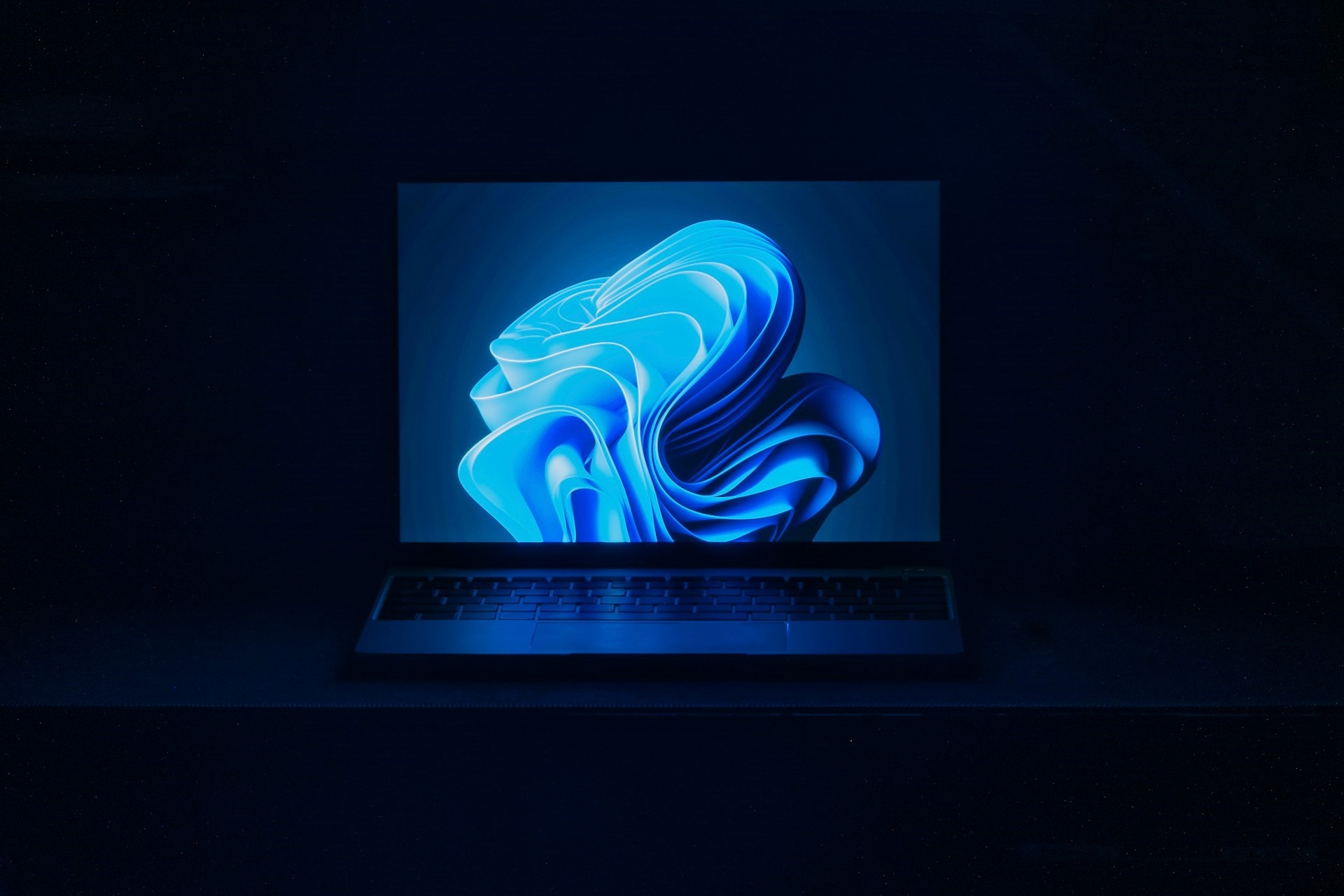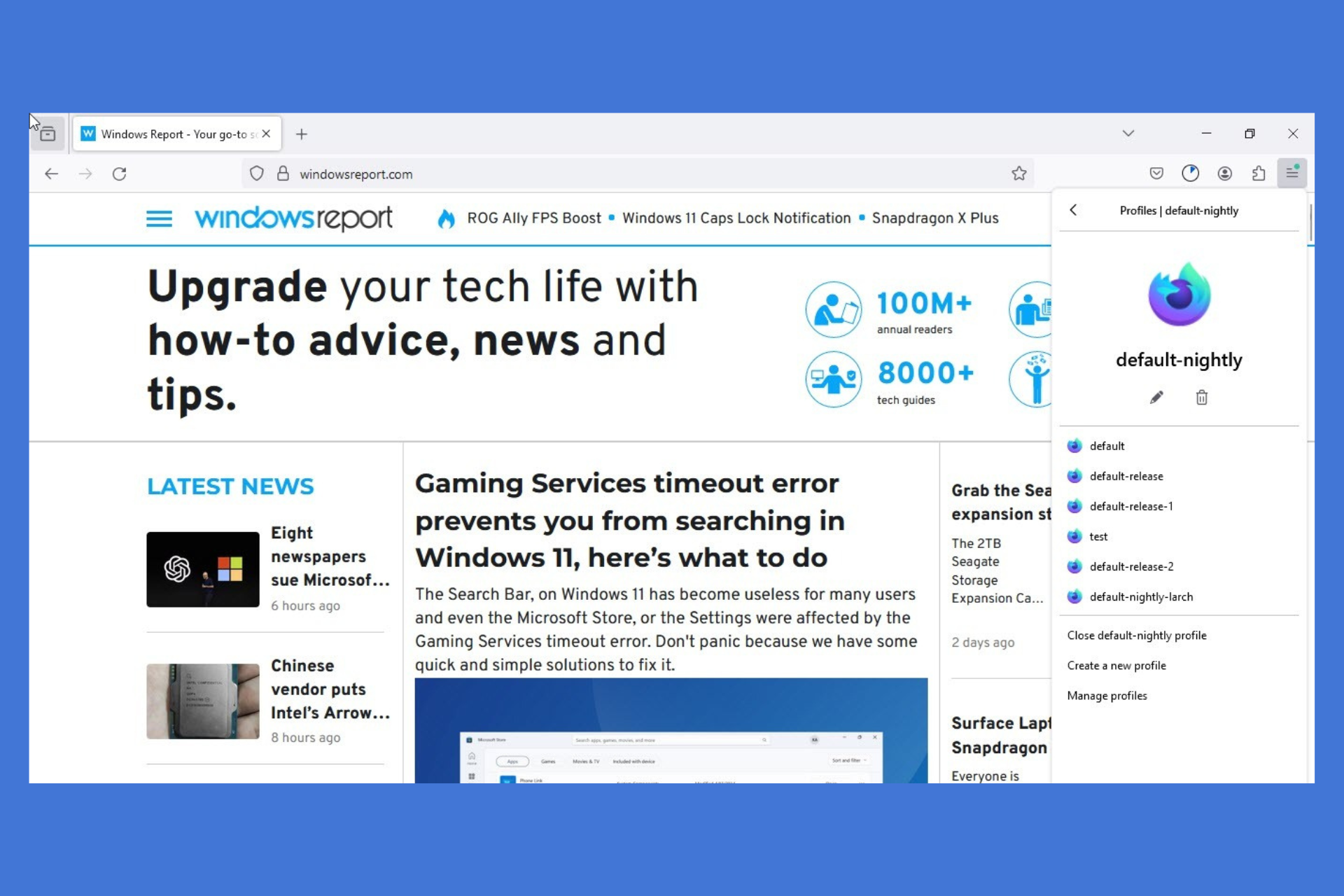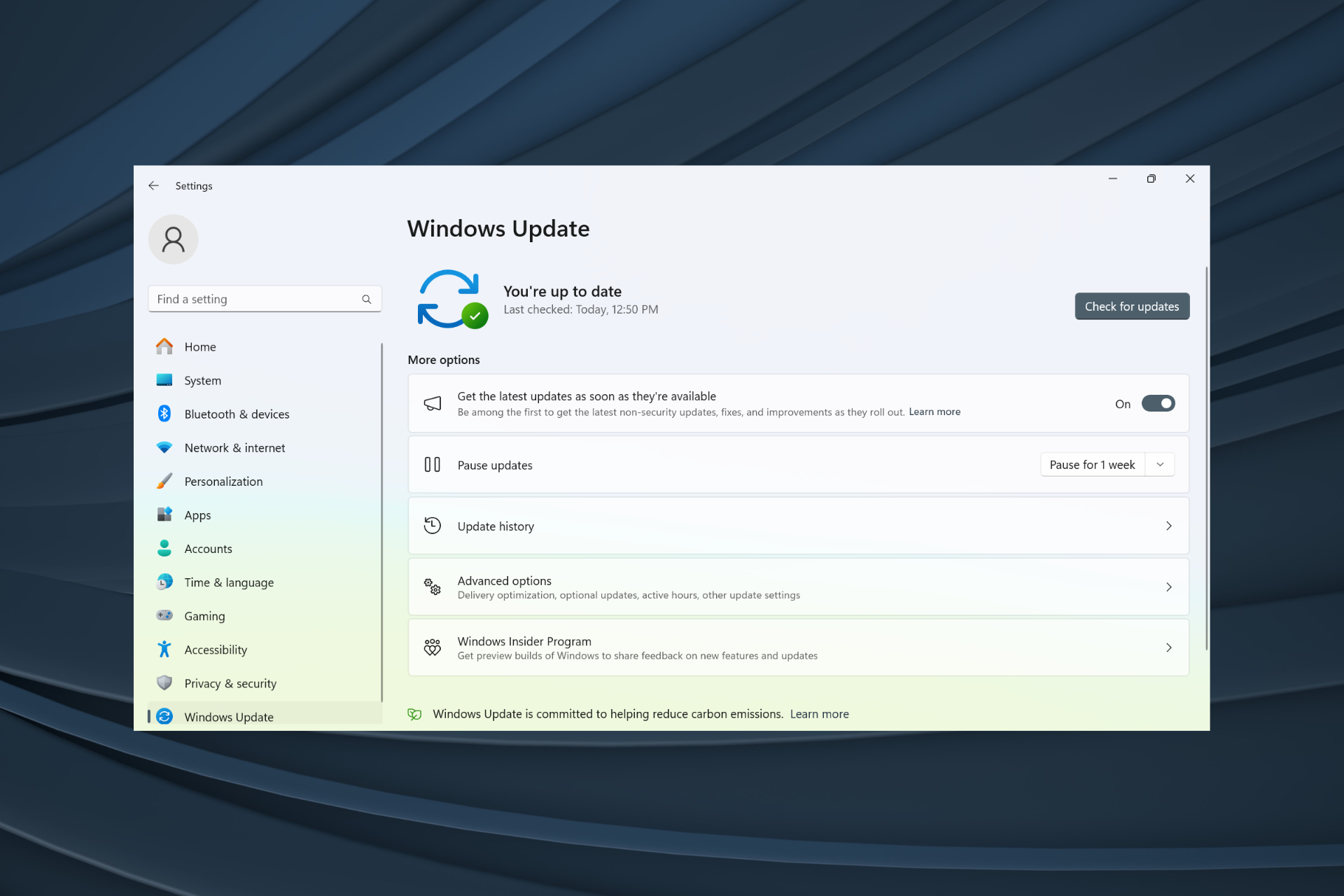MSN > Windows Live Search > Live Search > Bing and now the new Bing – a short history of online search at Microsoft
4 min. read
Published on
Read our disclosure page to find out how can you help Windows Report sustain the editorial team Read more

Microsoft spent some time this week touting their latest attempt to gain relevance in online search with the introduction of “the new Bing.” For those of us who’ve been following Microsoft for some time, however, fanfare about improvements to search aren’t exactly new. Let’s take a look at Microsoft’s previous attempts to disrupt the search industry (read: Google):
Pre-history the early days of search
Search on the web really started back in the mid ’90s. Jerry Yang and David Filo’s “guide to the World Wide Web,” which became Yahoo! in 1994 started things off with a hierarchical web directory, a single portal to lots of links to interesting sites on the web. At about the same time, researchers at Digital Equipment Company created AltaVista, the first searchable full-text database on the web. It was later incorporated into Yahoo!, and then Digital was acquired by computer maker Compaq, who redesigned AltaVista as a web portal to compete with Yahoo.
Shortly after that, in 1998, and like Yahoo coming out of Stanford University, Larry Page and Sergey Brin introduced another funny sounding search portal, called Google. Google caught on quickly, to say the least.
MSN
Microsoft entered the search engine fray early on, too. MSN Search debuted in mid 1998, using search results from another search provider, Inktomi. A year after Yahoo introduced its own home built web crawler in 2004, Microsoft did the same in 2005, debuting its own web crawler, “the index of which was updated weekly and sometimes daily” (!!).
Windows Live Search
In late 2005, Microsoft introduced their suite of Windows Live services (and incidentally began my blogging career at LiveSide.net), and MSN Search became Windows Live Search in September of 2006, but Windows Live Search didn’t last as as long as Windows Live did.
Live Search
In March of 2007, search became too important to be constrained within the Windows Live branding, and became Live Search, as part of the Live Search and Ad Platform headed by one Satya Nadella. In late 2007, Microsoft held an event in its Mountain View California search headquarters it dubbed “Searchification,” an event not unlike Tuesday’s introduction of “the new Bing.” Reporters and analysts were invited to the private event as Microsoft unveiled what it casually dubbed “Live Search 2.0,” touting a “quantum leap” in search relevance. That leap still didn’t get Microsoft where it wanted to be in the search landscape (ie: it was still far behind Google), and next up was a rebrand.
Bing
After a short stint with the beta code name Kumo, Microsoft officially announced that the new name for online search for Microsoft was Bing, and officially unveiled the name in June 2009. They chose the name carefully:
Microsoft decided that the name was memorable, short, and easy to spell, and that it would function well as a URL around the world. The word would remind people of the sound made during “the moment of discovery and decision making”.
While much of Microsoft’s blogging efforts have been lost to time (and a reason why we keep LiveSide around), The Wayback Machine has a copy of Microsoft’s official announcement on the new name, penned by Yusuf Mehdi, who was onstage again this week with “the new Bing.”
In short, this isn’t the first time that Microsoft has somewhat breathlessly announced that they’re ready to compete with Google. We’re excited to get our hands on an AI infused Bing, but as history tells us, no matter what Microsoft has done before, it’s always been an afterthought in search. Will AI change all that? Let us know in the comments below.
Image: DALL-E 2 “a happy girl using search on a laptop outside”








